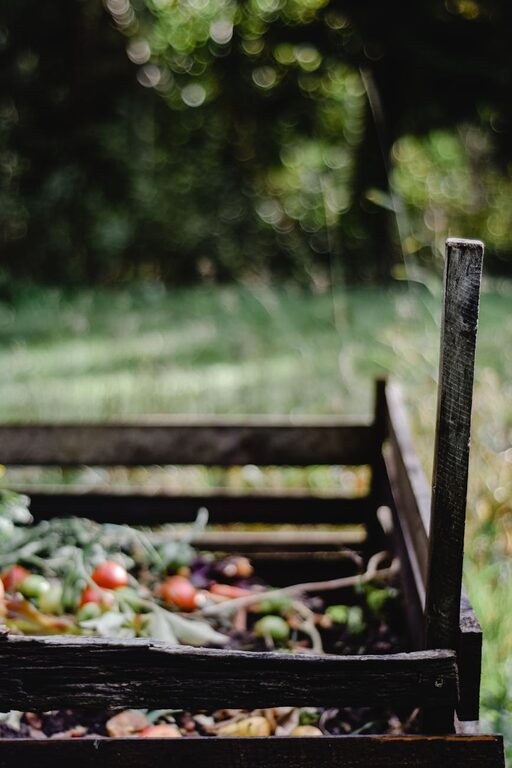Composting at home is a fantastic way to reduce kitchen waste, support a healthy garden, and contribute positively to the environment. Whether you have a spacious backyard or a small balcony, starting a compost pile or bin can be easier than you think. This guide will walk you through beginner tips to help you get started with composting at home confidently and successfully.
What Is Composting?
Composting is the natural process of breaking down organic materials like food scraps and yard waste into a rich soil amendment known as compost. This nutrient-packed material improves soil structure, retains moisture, and promotes plant health. Composting reduces landfill waste and lowers greenhouse gas emissions, making it an eco-friendly choice.
Benefits of Composting at Home
– Reduces household waste: Keeps food scraps and garden waste out of the trash.
– Enhances soil quality: Adds nutrients and beneficial microbes.
– Saves money: Less need for store-bought fertilizers and soil conditioners.
– Supports the environment: Reduces methane emissions from landfills.
Getting Started: Choosing Your Composting Method
There are several ways to compost at home, so it’s important to pick one that fits your space and lifestyle. Here are the most common types:
1. Compost Bin
A compost bin is a container with holes or slats to allow airflow. It contains your compost materials in a tidy spot and is great for yards.
2. Compost Pile
Simply create a pile on the ground in your garden. This method is low-cost but requires space and may attract wildlife.
3. Tumbler
A compost tumbler is a sealed container that you can rotate to speed up the composting process. It’s convenient and less messy but tends to be more expensive.
4. Vermicomposting (Worm Composting)
Using a worm bin, red wigglers break down food scraps quickly. This method is suitable for indoor use and smaller spaces.
Essential Compost Ingredients: Greens and Browns
Proper balance between “green” and “brown” materials is key to good composting.
– Greens: Nitrogen-rich items like fruit and vegetable scraps, coffee grounds, grass clippings, and fresh garden waste.
– Browns: Carbon-rich materials such as dry leaves, straw, cardboard, paper, and small twigs.
Tips for Balance:
– Aim for about 2 to 3 parts browns to 1 part greens.
– Avoid adding too many greens to prevent a smelly, soggy pile.
– Shred or chop larger materials to speed decomposition.
What Not to Compost
To keep your compost healthy and pest-free, avoid these items:
– Meat, fish, and dairy products (they attract pests and smell)
– Oils and greasy foods
– Diseased plants or weeds with seeds
– Pet waste
– Synthetic chemicals or treated wood
Step-by-Step Guide to Starting Your First Compost
Step 1: Select Your Site and Container
Pick a convenient location with good drainage and at least some shade. Prepare or purchase your bin or setup.
Step 2: Add Browns and Greens in Layers
Start with a layer of coarse browns like twigs for airflow at the bottom. Alternate layers of greens and browns as you add waste.
Step 3: Maintain Moisture
Your compost pile should be about as damp as a wrung-out sponge. Water it if it’s dry or add more browns if it’s too wet.
Step 4: Turn the Pile Regularly
Use a garden fork or compost crank to turn the pile every 1 to 2 weeks. This introduces oxygen that helps microbes break down materials.
Step 5: Monitor and Troubleshoot
Look for a pleasant earthy smell. If it smells rotten, it may be too wet or lack airflow. Adjust as needed.
Harvesting Your Compost
Depending on conditions, compost can be ready in a few months to a year. Finished compost is dark, crumbly, and smells like soil.
– Use a screen or sift to separate large bits.
– Add compost to your garden beds, pots, or lawn as fertilizer.
Extra Tips for Successful Composting
– Chop or shred scraps to speed up decomposition.
– Use a compost thermometer to monitor temperature; ideal range is 135-160°F.
– Avoid adding too much of one material to prevent imbalances.
– Keep a small container for kitchen scraps to add regularly.
Conclusion
Composting at home is a rewarding practice that benefits your garden and the planet. Starting small, understanding the basics, and maintaining balance will lead to successful composting. Over time, you’ll enjoy rich, homemade compost and the satisfaction of reducing waste.
Give it a try today—your soil, plants, and environment will thank you!


